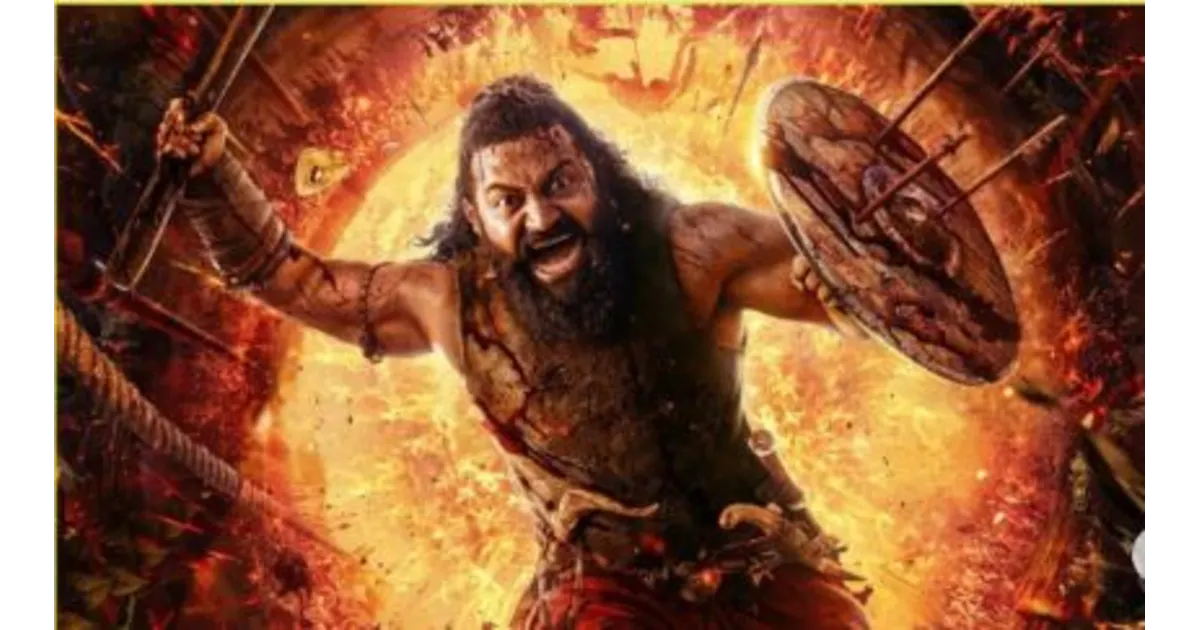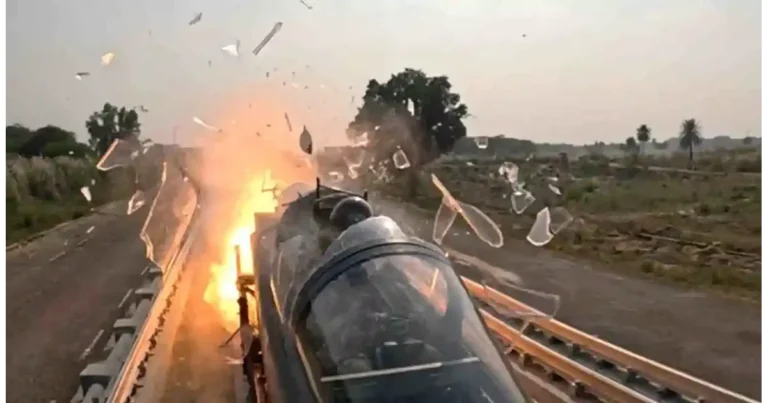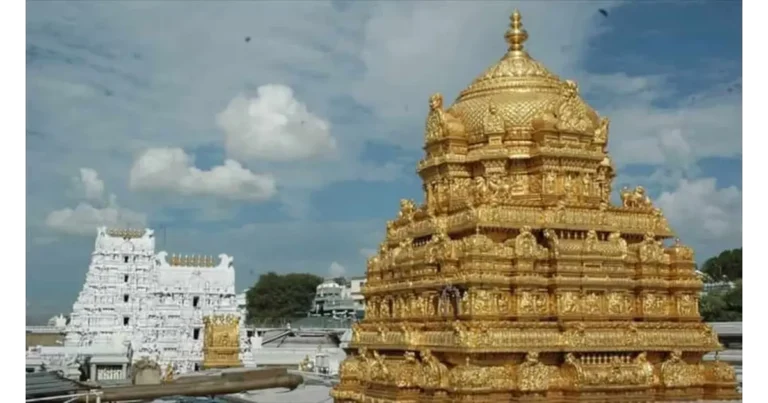
Kantara Chapter 1, serving as the much-anticipated prequel to the blockbuster film Kantara, has finally hit the theatres, stirring immense curiosity and expectations among audiences. Directed and led by Rishab Shetty, this film embarks on a journey to unravel the origins of the Kantara land and the clash that ensues between the indigenous tribe and the ruling Bangra kingdom. Let’s dive deeper to understand if this cinematic venture lives up to the hype.
The Storyline: Tribal Tensions and Kingdom Conflicts
Kantara: Chapter 1 explores the rich backstory and the cultural essence surrounding the Kantara land. The plot revolves around the friction between the Kantara tribe, headed by Berme (played by Rishab Shetty), and the Bangra kingdom, ruled by the newly crowned King Kulasekhara (Gulshan Devaiah). The narrative follows Berme and his tribe as they covertly infiltrate Bangra territory, leading to an intense and dramatic confrontation that forms the crux of the film.
Strengths of Kantara: Chapter 1
Visual Brilliance and Technical Excellence
One of the film’s undeniable strengths lies in its exceptional technical craftsmanship. Produced by Hombale Films, Kantara: Chapter 1 boasts an impressive budget that translates into stunning visuals throughout. Every scene is meticulously crafted, showcasing lush landscapes and rich details that captivate viewers. The visual effects, particularly those involving animals, are spellbinding, deserving high praise for their realism and finesse.
Rishab Shetty’s Powerful Performance
Rishab Shetty is undeniably the soul of this film. Beyond his role as director, his acting prowess shines remarkably, reflecting the calibre of his National Award-winning talent. His portrayal during the divine possession and trance sequences is profoundly moving, highlighting his exceptional range and depth as an actor.
Rukmini Vasanth: A Standout Presence
Rukmini Vasanth emerges as a pleasant surprise, transcending the typical role of a mere love interest. Her character gains prominence especially as the story approaches its climax, where she leverages the opportunity to enhance the film’s emotional and dramatic weight.
The Climactic Drama and Action
The film’s interval and extended climax, enriched with divine symbolism and intense conflict, are likely to leave the audience enthralled. Rishab Shetty’s ambitious vision is evident here, elevating the film beyond a mere tale to a grand cinematic spectacle. The action sequences, particularly the thrilling chariot chase, are impressively choreographed and enhanced by top-notch visual effects. Additionally, some well-timed moments of humor and Jayaram’s solid performance add balance to the narrative.
Areas for Improvement
Pacing and Character Development
While the film has its share of engaging scenes in the first half, it suffers from pacing issues. The initial portion spends excessive time on world-building and character introductions, leading to a few slow and drawn-out moments that could have benefited from tighter editing.
Underutilized Antagonist and Overloaded Narrative
Gulshan Devaiah, despite being a competent actor, is given a role that lacks depth and impact, missing an opportunity to strengthen the conflict. The screenplay attempts to incorporate a vast amount of cultural information — from tribal traditions and deities to barter systems — but this wealth of detail is sometimes crammed into too few scenes, making parts of the story feel rushed and overwhelming.
Imbalance in Scene Lengths
Some sequences extend unnecessarily, while others that merit further exploration pass by too quickly. A better balance in screen time could have done greater justice to the thorough research underpinning the story.
Technical Aspects: A Mixed Bag
Ajaneesh Loknath’s background score complements the film’s mood but occasionally becomes overpowering. The soundtrack overall is average and does not stand out significantly. Cinematographer Arvind S Kashyap shines with brilliant camera work, particularly during the action sequences, capturing the intensity and scale beautifully. The production values are impressive, reflecting the film’s substantial budget clearly on screen.
As a director, Rishab Shetty delivers a decent narrative framework, but it’s his elevated ambition and commanding on-screen presence that truly elevate Kantara: Chapter 1 into an enthralling experience.
Final Verdict: A Technical Triumph with Narrative Hiccups
In summary, Kantara: Chapter 1 is an engaging action drama that offers numerous spine-tingling moments. Its strongest assets include the riveting interval and climax scenes, divine thematic elements, breathtaking visuals, and remarkable VFX work. Rishab Shetty’s performance is a standout, while Rukmini Vasanth adds solid support in a well-crafted role. The film’s slow pacing in places, dragged-out scenes, and overloaded narrative are its main flaws. Nevertheless, Kantara: Chapter 1 is a must-watch on the big screen, especially for audiences who appreciate technical brilliance and folklore-inspired storytelling.






